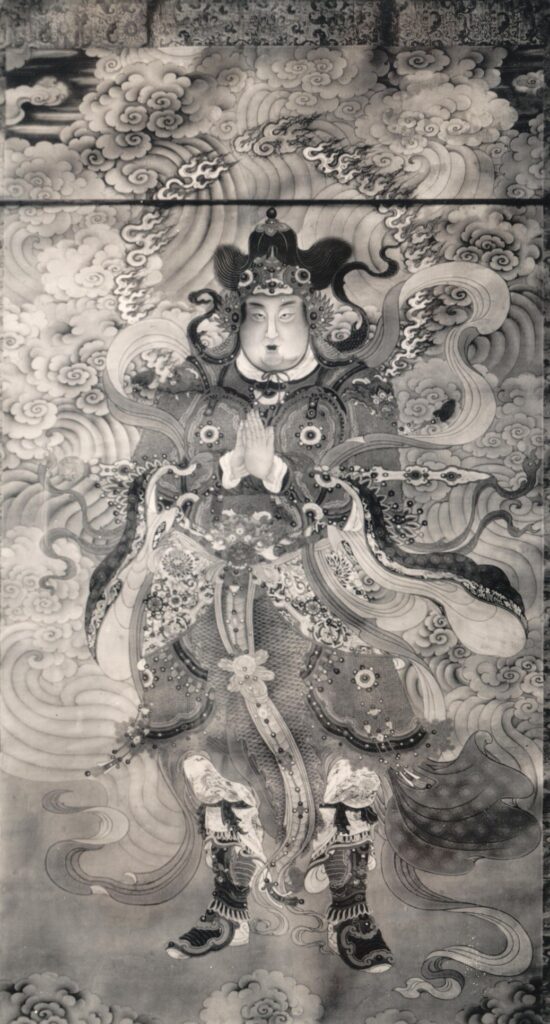The first ACN – Europe online event on “The Chinese graphics and painting collection of the Latvian National Museum of Art” took place in December 2022. This was the first of a series of workshops that intend to present new research, highlight topics, and discuss specific problems linked to collections of Asian materials in Europe.

The main topic of the talk was the four-month research that was carried out by Marta Logvyn, a leading research fellow of The Bohdan and Varvara Khanenko National Museum of Art (Kyiv, Ukraine), and Kristine Milere, the exhibition curator and main Asian art collection researcher and research project manager at the Art Museum RIGA BOURSE (the Foreign Art Department of the Latvian National Museum of Art, Riga Latvia). The research was funded by the ICOM support grant for Ukrainian museum professionals.
Kristine introduced the history and acquisitions of the Chinese graphics and painting collection of the Latvian National Museum of Art from its older works from the 19th-century Baltic-German collections to the continued development throughout the years reflecting the 20th-century state of affairs in the Baltics. Kristine offered an overview of the collection that now consists of around 350 items including traditional paintings and woodblock prints, as well as pith paper paintings and some other images heavily influenced by European visual culture of the times and presumably intended for a European audience.
Marta provided an insight into the qualitative characteristics of the collection, pointing out that its content represents the variety of genres and styles emerged throughout the history of Chinese painting. In her opinion, the collection is a valuable witness to the perception of Chinese art in the Baltic area, spanning from mere fascination with unusual aesthetics to an in-depth understanding and appreciation of cultural and religious subtleties.
The presentation of the collection was followed by a lively and constructive discussion revealing some blind spots that should be addressed when conducting further research on the collection. For example, some comments gave the researchers new ideas to continue the data collection and analysis for this specific project and to open opportunities of cooperation with other scholars for new research projects.
Highlights of the discussion were: the recognition of the usefulness of sharing information about less well-known artists that can help identify artworks in other collections; the comparison between the situation of Asian collections in the Baltic States and those in the Balkans, with differences in the classification of the artefacts and parallels in the lack of trained specialists and in the loss of documentation because of political circumstances.
Overall, eliciting new questions on peculiar cultural and historical phenomena, the workshop cast fresh light on the intricate yet under-studied subject of Asian collections in the Baltic region.